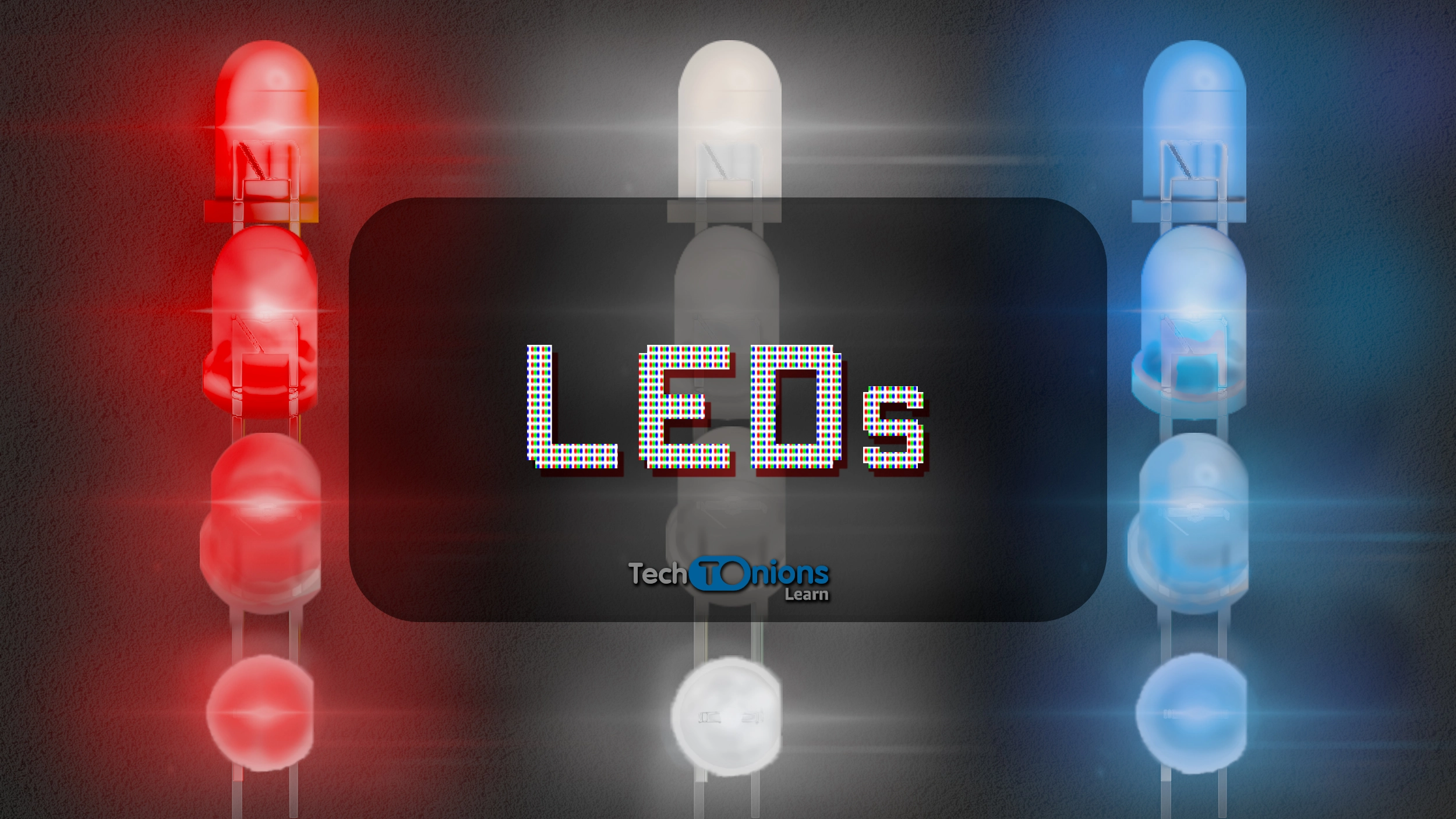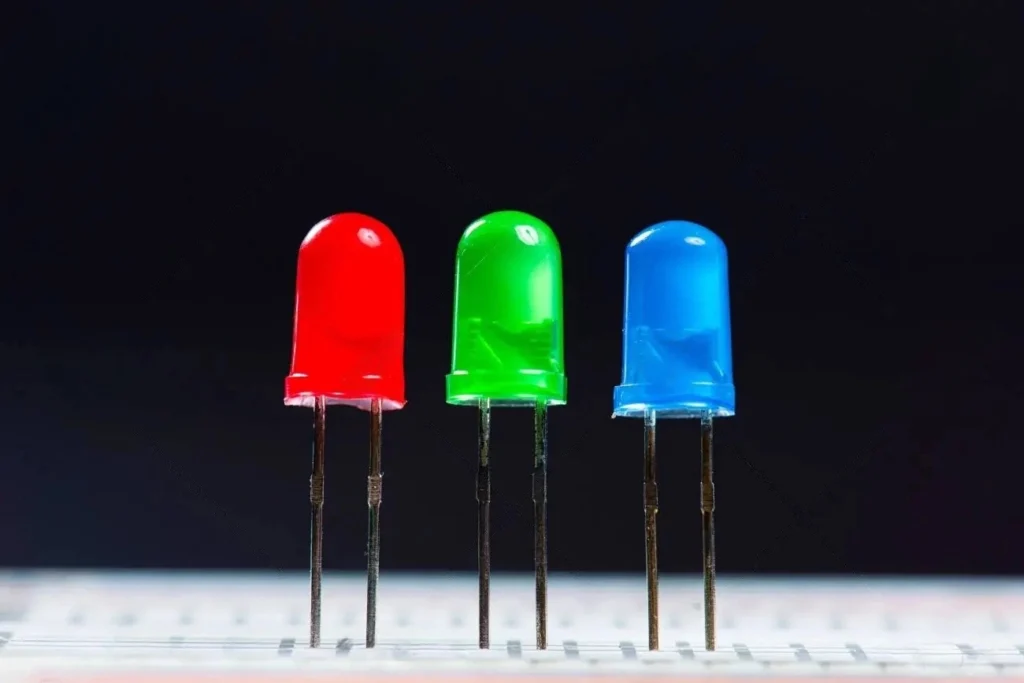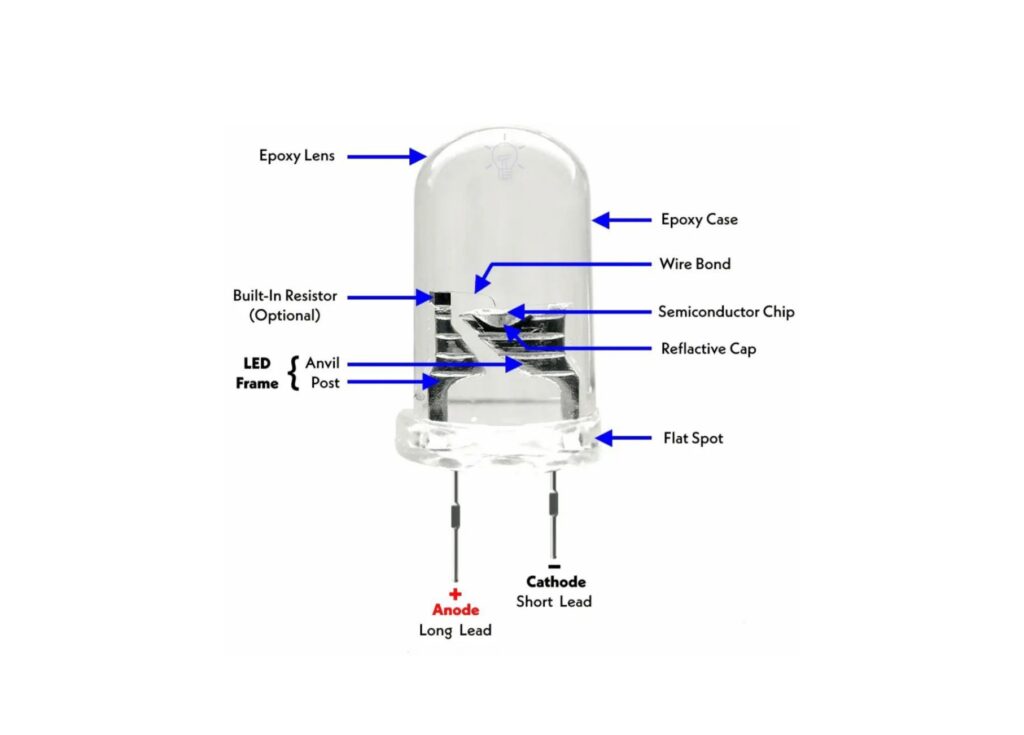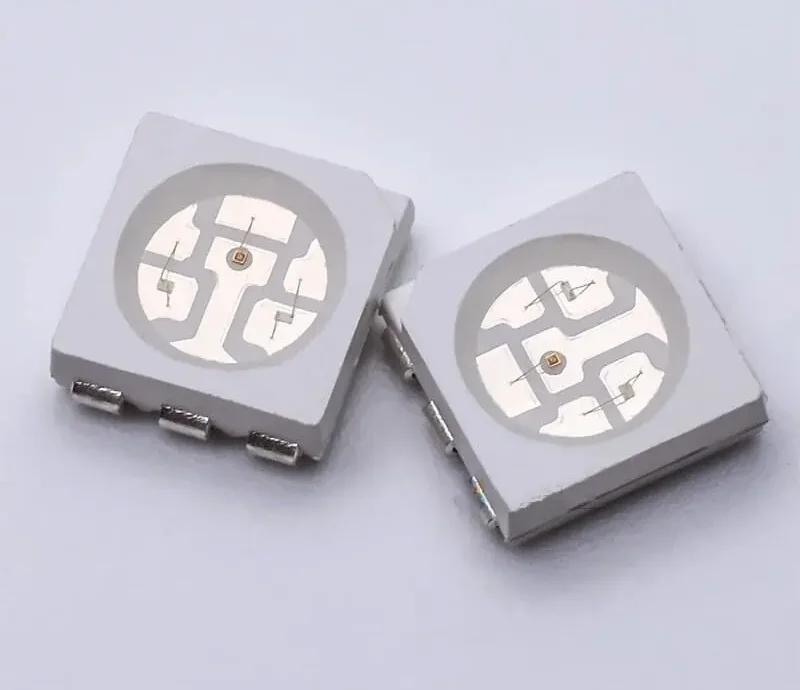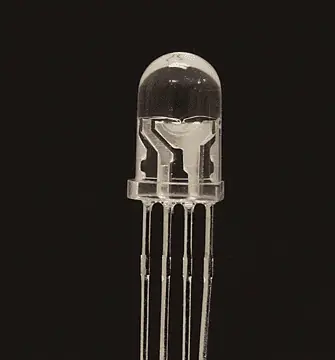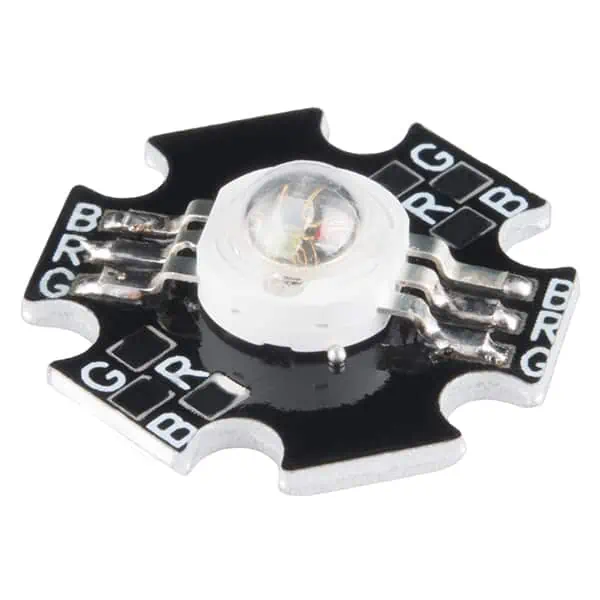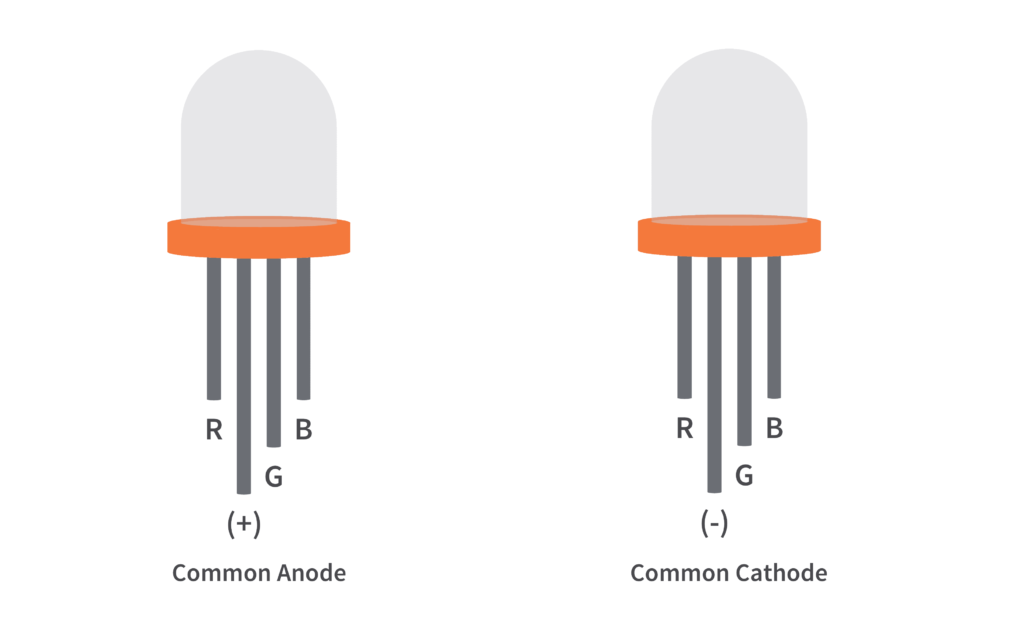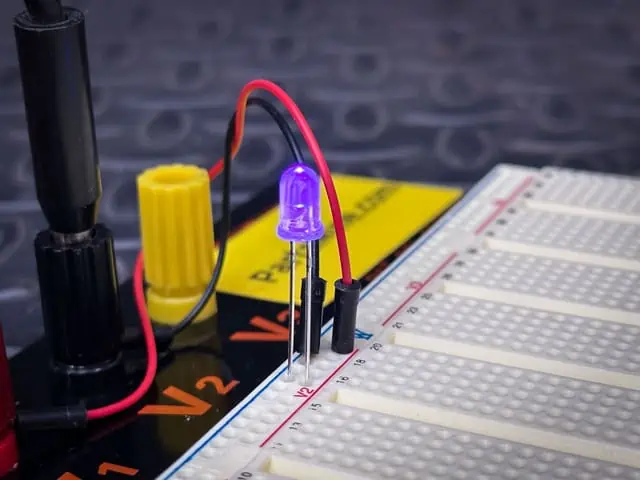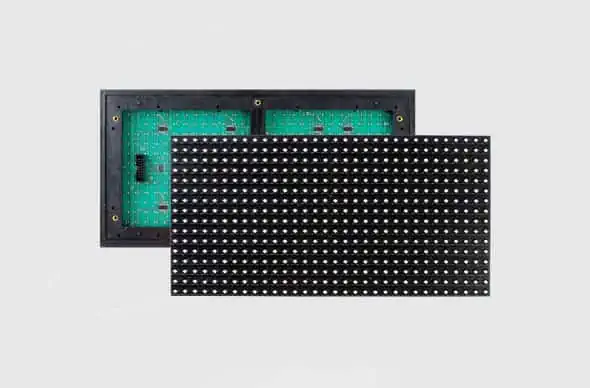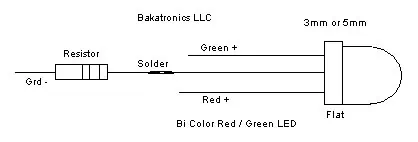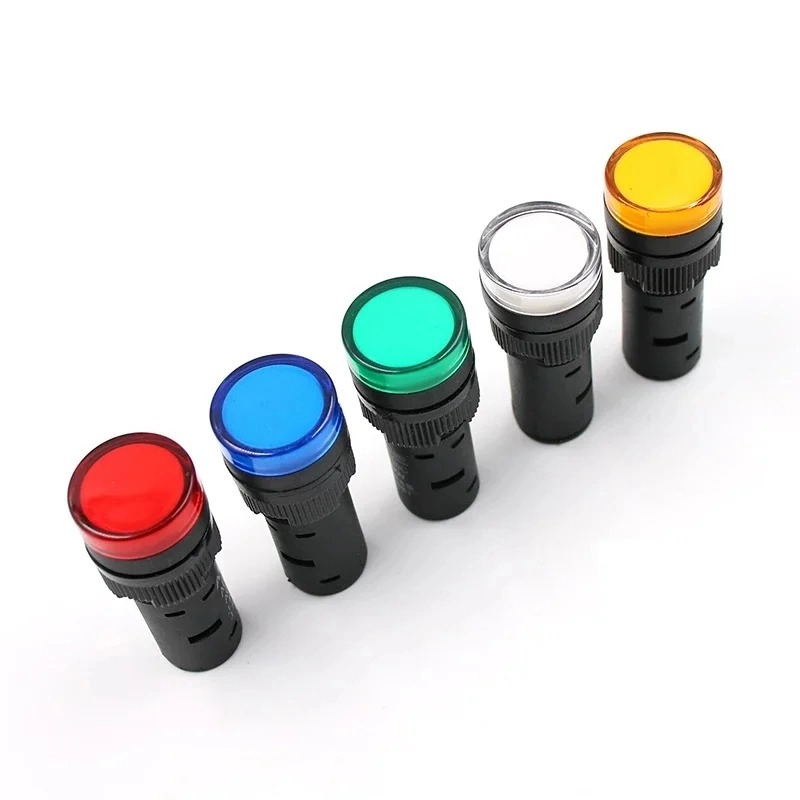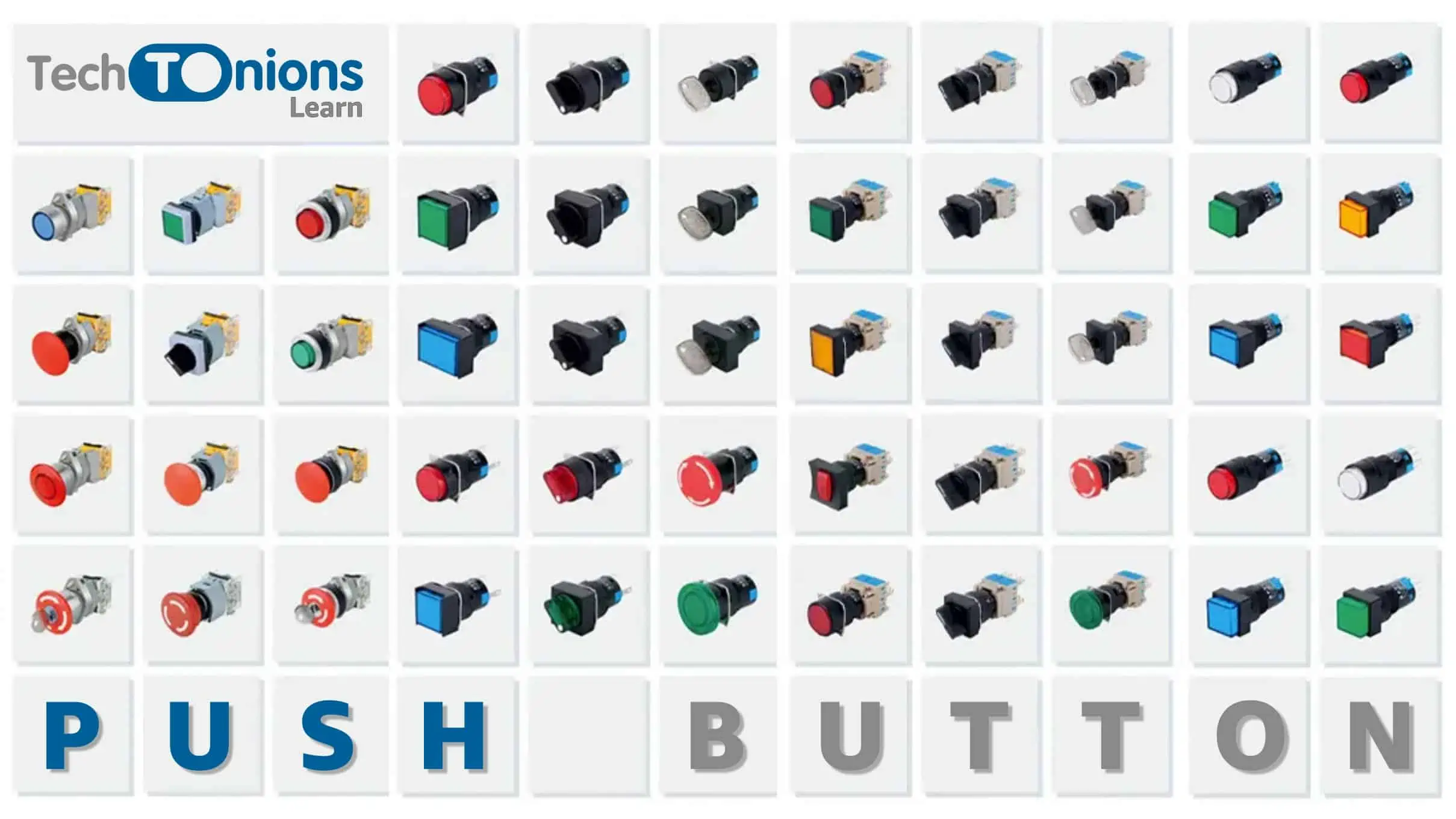The light emitted by an LED is usually monochromatic. H. is monochromatic and the color depends on the energy bandgap of the semiconductor.
LED stands for “Light Emitting Diode.” These tiny but powerful devices are more than just electronic components; they are the source of modern lighting magic.
Light-emitting diodes can be made to emit all wavelengths in the visible spectrum.
What are LED Lights
LED lights are semiconductor devices that emit light when an electric current passes through them. Unlike traditional incandescent bulbs, which rely on heating a filament to produce light, LEDs work by electroluminescence. This process makes LED lights more energy-efficient and durable.
When an electric current is applied to the semiconductor material in an LED, electrons recombine with electron holes, releasing energy in the form of photons.
The color of the light produced depends on the semiconductor’s composition, enabling a wide range of colors for LED lights.
How Do LED Lights Work?
Let’s use a simple analogy to explain LEDs and provide an easy-to-understand diagram to illustrate their working principle. We’ll also cover LED specifications like voltage, size, and standards.
Below is the Explanation of different LED Parts and how they works.
Battery
The battery acts as the power source, providing a voltage to the LED circuit.
LED
The LED (Light-Emitting Diode) is a tiny semiconductor device placed between the anode (+) and the cathode (-). Applying a positive voltage to the anode and a negative voltage to the cathode initiates the emission of light.
Schematic Diagram of LED
Resistor (Optional)
Sometimes, a resistor is added in series with the LED to limit the current and prevent excessive brightness or damage to the LED.
If you want to know How to calculate the LED resistor value, click here to uncover the simple and essential steps to determine the perfect resistor for your LED circuit.
Want to learn more about resistors and how they impact LEDs and other electronics?
Explore our detailed resource: ‘The Ultimate Guide to Resistors.’ Gain insights into these vital components and expand your electronics knowledge.
Anode
The anode is the positive terminal of the LED. It allows the current to flow into the LED.
Cathode
The cathode is the negative terminal of the LED. It allows the current to flow out of the LED.
Explore LED Specifications
- Voltage: LEDs typically require a forward voltage drop of around 1.8 to 3.5 volts, depending on the color and type of LED. For example, red LEDs have a lower forward voltage, while blue LEDs have a higher forward voltage.
- Size: LEDs come in various sizes, ranging from standard 3mm and 5mm round LEDs to surface-mount LEDs (SMDs) with dimensions like 0603, 0805, and 1206 (imperial units) or 1608, 2012, and 3216 (metric units). Know more about LED sizes.
- Standards: LEDs are manufactured following various industry standards, such as the IEC 62031 and IEC 62560, which define parameters like luminous flux, efficiency, color rendering, and other performance characteristics.
Types of LED Lights
Various electronic systems and printed circuit boards (PCBs) use light-emitting diodes, or LEDs, as essential components. They offer numerous advantages, such as energy efficiency, compact size, and durability, making them an ideal choice for a wide range of applications. In this article, we will explore the different types of LEDs commonly used in electronic systems and PCBs.
1. Surface-Mount Device (SMD) LEDs
Due to their small size and ease of installation, PCB assembly widely utilizes surface-mount device (SMD) LEDs. These LEDs have no leads and manufacturers directly mount them onto the PCB’s surface using soldering techniques.
SMD LEDs come in various packages, such as 0603, 0805, and 1206, where the numbers represent their dimensions in inches.
2. Through-Hole LEDs
Through-hole LEDs were among the earliest types of LEDs used in electronic systems and PCBs. Unlike SMD LEDs, they had leads extending from the bottom, and users inserted them into holes on the PCB before soldering to secure them in place.
While larger than SMD LEDs, they still find utilization in certain applications that require robust connections.
3. High-Power LEDs
High-power LEDs emit a significant amount of light and find application in scenarios where high brightness is essential. These LEDs often require heat sinks to dissipate the heat generated during operation, ensuring stable and efficient performance.
High-power LEDs find applications in automotive lighting, outdoor displays, and high-intensity illumination systems.
4. RGB LEDs
RGB LEDs contain three individual LED chips in red, green, and blue colors within a single package. Controlling the intensity of each color allows producing a wide range of colors, enabling vibrant and dynamic lighting effects.
Decorative lighting, gaming peripherals, and displays that require color-changing capabilities commonly use RGB LEDs.
5. Infrared (IR) LEDs
Infrared (IR) LEDs emit light in the infrared spectrum, which is not visible to the human eye. Remote controls, proximity sensors, and security systems widely use them.
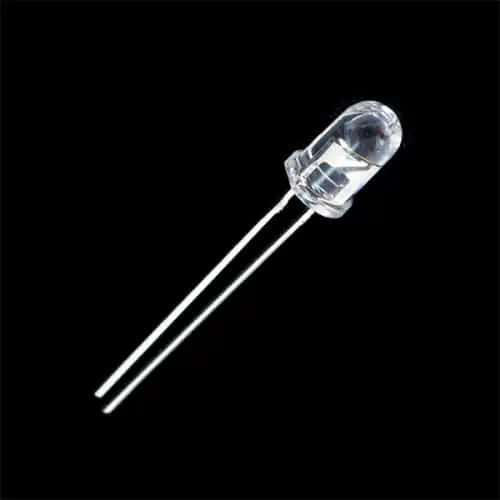
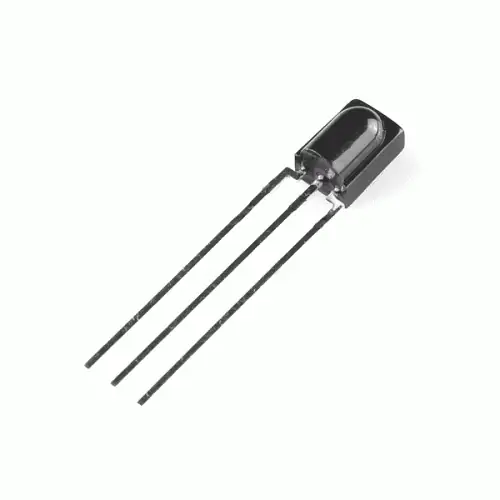
Infra-Red LEDs enable communication between devices using infrared signals, making them essential components in various electronic systems.
6. Ultraviolet (UV) LEDs
Ultraviolet (UV) LEDs emit ultraviolet light, which finds applications in sterilization, water purification, counterfeit detection, and medical equipment.
UV LEDs are also used in curing and printing processes, where they help cure adhesives, coatings, and inks rapidly.
7. Single-color LEDs
Single-color LEDs are the most common type of LEDs, available in various colors, including red, green, blue, yellow, and white. While larger than SMD LEDs, they still find utilization in certain applications that require robust connections.
8. Bi-Color and Tri-Color LEDs
Bi-color and tri-color LEDs combine two or three LED chips in a single package, allowing them to emit multiple colors. By controlling the current flow to each chip, different colors can be achieved.
These LEDs are commonly used in status indicators and displays that require multiple color options.
9. Miniature LEDs
Miniature LEDs are extremely small LEDs used in applications where space is limited. They find applications in wearable devices, medical equipment, and portable electronics.
10. Power Indicator LEDs
Power indicator LEDs are typically single-color LEDs used to indicate the operational status of electronic devices. They are commonly found in computers, home appliances, and consumer electronics.
Advantages of LED Lights
- Energy Efficiency: LED lights are highly energy-efficient, consuming significantly less electricity than traditional lighting options.
- Longevity: LED lights have a remarkably long lifespan compared to traditional bulbs
- Environmentally Friendly: LED lights are free from harmful substances like mercury, making them safer for both the environment and human health.
- Color Options: Offers various color temperatures and RGB options.
- Directional Light: Focuses light in specific directions for better efficiency.
Choose the Right LED for your Project
When choosing LED lights, certain specifications play a crucial role in determining their suitability for specific applications.
Lumens
Lumens indicate the brightness of a light source. Higher lumens translate to brighter illumination.
Color Temperature
Color temperature defines the appearance of light, whether warm or cool. It is measured in Kelvin (K).
CRI (Color Rendering Index)
CRI measures the ability of a light source to reveal the true colors of objects. A higher CRI indicates better color rendering.
Wattage
Wattage denotes the power consumption of the LED light. Lower wattage indicates higher energy efficiency.
Consider the Purpose
Determine the specific purpose of the lighting, whether it’s for ambiance, task-oriented, or general illumination.
Check for Certifications
Look for certifications like ENERGY STAR and DLC, which ensure the LED lights meet high-quality and energy efficiency standards.
Compare Energy Efficiency
Compare the lumens per watt of different LED lights to identify the most energy-efficient option.
Conclusion
LEDs have revolutionized the electronics industry, providing efficient and versatile lighting solutions for electronic systems and PCBs. With various types of LEDs available, designers and engineers can choose the most suitable option for their specific applications, ensuring optimal performance and reliability in their electronic designs. By understanding the different types of LED lights and their specifications, consumers can make informed decisions when choosing the right lighting solutions for their needs.
